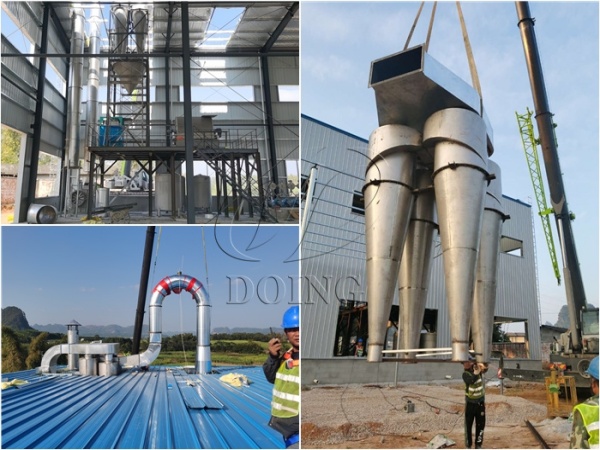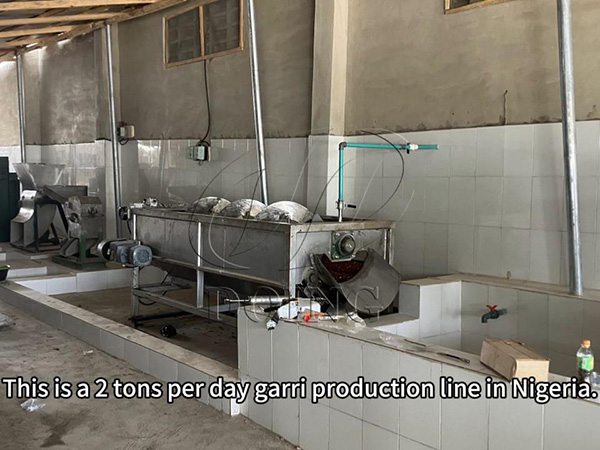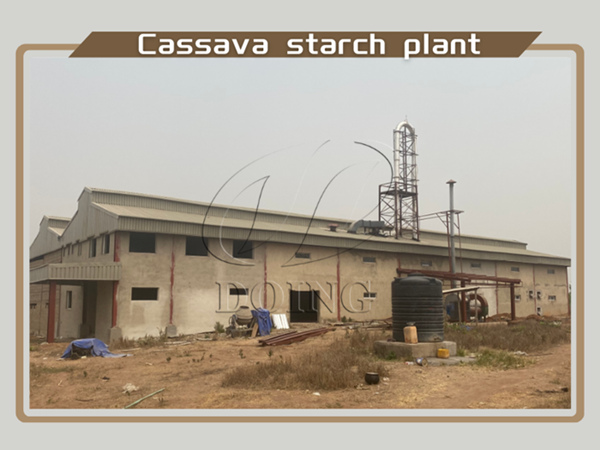
Analysis of the Easy and Difficult Points in Garri Processing
FAQ/ Chat online/ Leave a message/ July 2, 2025
Garri processing mainly consists of a series of steps like cleaning, washing, peeling, grating, fermentation, dehydration, frying, and sieving. Although its production process is relatively simple, there are still some easy and difficult points in practical operation. This article will analyze the easy to operate parts and potential challenges of making Garri, in order to help beginners better master its production process.
1. Easy point analysis in garri processing
·Easy access to raw materials
Cassava is a widely grown crop in tropical regions, with abundant supply, low price, and easy availability in West African countries such as Nigeria and Ghana.
·Easy to make tools
Traditional Garri production only requires basic tools such as cassava peeler, fermentation containers, filter cloth, or iron pots, without the need for complex mechanical equipment, and some processes can also be manually replaced. For industrial garri production, introducing standardized fermentation, fine grinding, and mechanical frying can improve efficiency and quality.
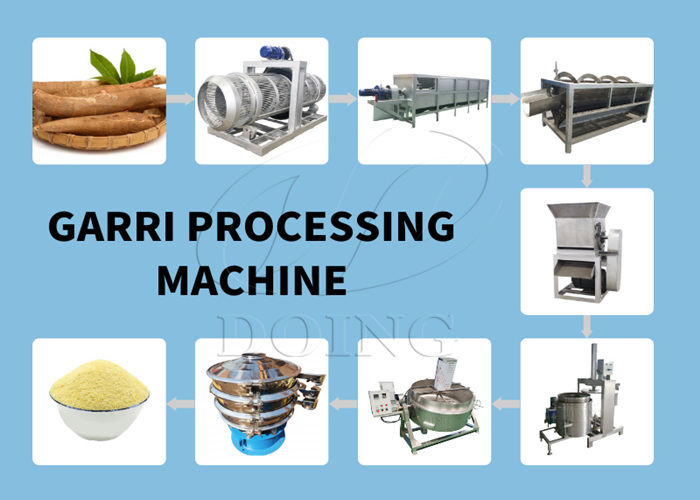 garri processing line
garri processing line
·The fermentation process is natural
Garri fermentation relies on natural microorganisms (such as lactic acid bacteria) and does not require additional fermentation agents. When the ambient temperature is suitable, fermentation can occur naturally.
·High storage stability
After thorough frying, Garri has an extremely low moisture content, can be stored for a long time, is not easily spoiled, and is suitable for household or commercial use.
2. Difficult points analysis in garri processing
·Toxicity treatment of cassava
Fresh cassava contains toxic ingredients, and if not fully peeled and fermented, it may lead to poisoning. It is necessary to ensure sufficient fermentation time (usually 2-4 days) to degrade toxins.
·Difficulty in fermentation control
Insufficient fermentation can lead to a bitter taste in Garri, while excessive fermentation may result in sourness or mold growth. It is necessary to rely on experience to determine the degree of fermentation (such as bubble formation and moderate acidity).
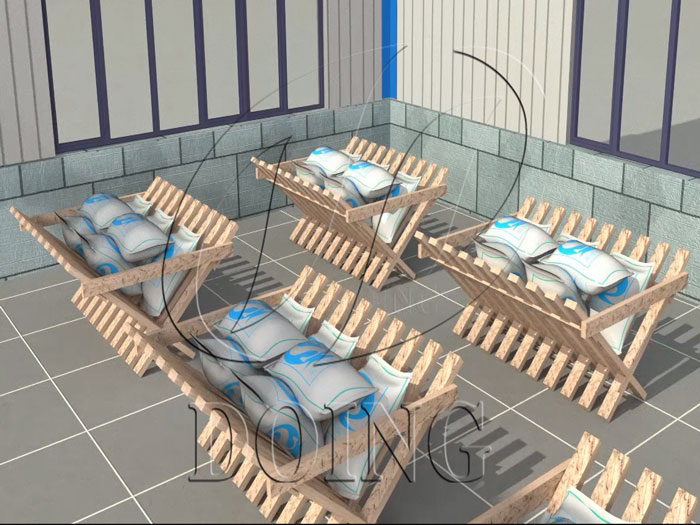 fermentation step
fermentation step
·Dehydration and drying efficiency
Traditional methods rely on sun exposure, and rainy weather can easily lead to mold growth; Artificial frying requires controlling the heat to avoid burning or uneven heating.
·Particle uniformity affects taste
If the garri particles are too coarse or too fine during grinding, it will affect the taste of the final product. Modern mechanical grinding can improve uniformity, but small-scale garri production still relies on manual operation.
·Hygiene and food safety risks
Open fermentation and air drying may introduce dust, insect or microbial contamination, and strict control of hygiene conditions is necessary to avoid contamination by pathogenic bacteria such as Salmonella.
These are the easy and difficult points in garri processing. If you want to produce consistent, tasty, and superior garri, it is advisable that you invest in a completely automated garri processing line. What's more, we, Henan Jinrui, can provide both individual cassava processing machinery and comprehensive garri production lines to balance your budget and productivity!
Leave A Message
- Do you want to buy machine?
- Yes, I want to buy machine
- No, I want to learn more in advance.
- What is your raw material?
- Cassava
- Potato
- Sweet potato
- Others
- 2. What is the final product you want to produce?
- Garri
- Cassava flour
- Cassava starch
- Cassava chips
- Attiekie
- Bammy
- Others
- 3.What is your capacity plan?
- Small scale garri machine
- 1ton per day
- 2tons per day
- 3tons per day
- 10tons per day
- 20tons per day
- Others
- 3.What is your capacity plan?
- Small scale
- 5tons per day
- 10tons per day
- 20tons per day
- 50tons per day
- 100tons per day
- Others
- 3.What is your capacity plan?
- Small scale
- 5tons per day
- 10tons per day
- 20tons per day
- 50tons per day
- 100tons per day
- 200tons per day
- 300tons per day
- Others
- 3.What is your capacity plan?
- Small scale
- Middle type
- Large scale
- What is your capacity plan?
- Small scale
- 5tons per day
- 10tons per day
- 20tons per day
- 50tons per day
- 100tons per day
- 200tons per day
- 300tons per day
- Others

